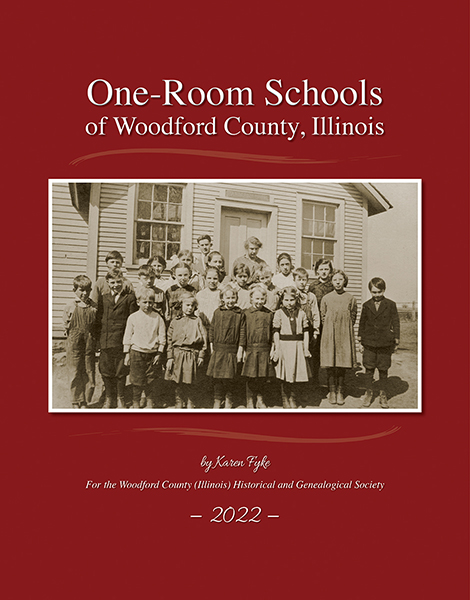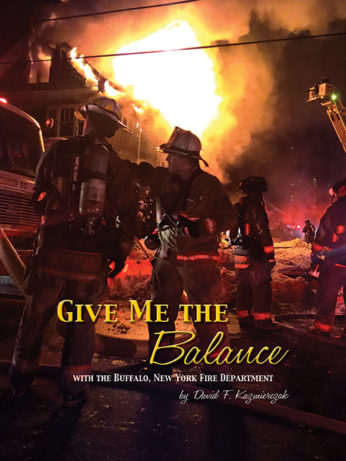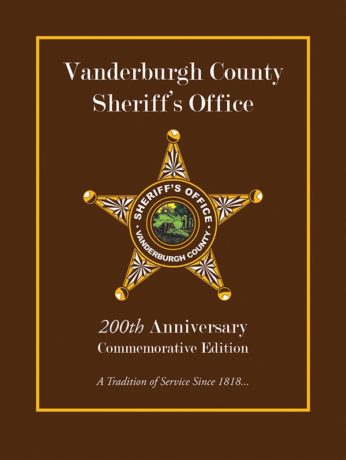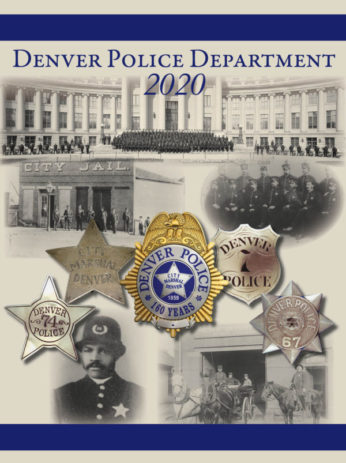Description
For 150 years the children in rural Woodford County were educated in one-room country schools. The settlers of Walnut Grove (now Eureka) had hardly got their first garden in when they started planning for a school. The county was divided into 17 townships of about 36 sections each, and soon after the plat was made, schools were planned in each township with the goal of young people living no more than 2 miles from a school. In Woodford County that meant over 102 school districts, each managed by a three-person board of directors.
In about 2013 the one-room-school project was conceived, and the first person to work on it was Joanne Armstrong who did a prodigious amount of work setting it up and getting started. The idea was to fill the book with anecdotes and memories of those who attended the schools, but the response was not great.
The project lay dormant for a couple of years until I started collecting data from the Woodford County School Bulletins that were lined up on a shelf at the Research Room. Establishing a Word document for each school district, I went through the Bulletins page by page, slowly recording bits and pieces about each school. It was a laborious project and took way longer than I had expected it to.
Each year the Bulletin published a list of the teachers in each school. David Fever volunteered to copy those lists and then to put them on an Excel document. His work has been of inestimable help, and he deserves much credit for it.
Over the years we at the Society have run stories in the local newspapers asking for people to write down their memories of the way schools were when they were young. These stories are included in the book and the donors are listed in the Bibliography.
Others have helped me with all kinds of things. Carol Anderson is the best proof-reader ever! I can’t imagine finishing this project without her assistance and encouragement. Kimberly Mullins, president of the Society in 2006, gave me the push and encouragement to continue with the project. Dan Fehr and Dennis Faulk offered valuable information on school locations. Dan Pollard spent many an afternoon with me driving around the County to see if the old buildings still stood. Leland Zimmerman worked to get his fellow students at Tomb School to write down their memories. Melwyn Hallam provided information about the Hallam School and others. Lastly, through it all Beth Harms Miller, President of the Society, has been my bulwark and good friend.
No history book is complete and infallible. This book undoubtedly has errors, and it goes without saying that there is a lot more that should be in it if I could have found more sources. Information and names have been taken from the backs of compiled photographs. If any misrepresentation has occurred in that process, please know that was not our intent and we do greatly apologize for any errors.





